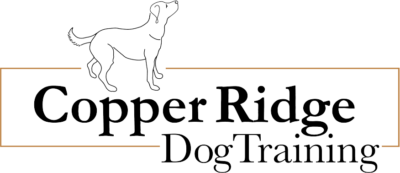Our Puppy School program has been such a huge hit! These pups have no idea that they are learning with all of the fun that they’re having. ![]()
Our Puppy School graduates ![]() leave our program understanding recall, calm crate manners, name recognition, potty training, basic leash skills, and so much more. Their families are graduating with tons of puppy training and materials in-hand on puppy biting, preventing unwanted behaviors, and don’t forget that lifetime support!
leave our program understanding recall, calm crate manners, name recognition, potty training, basic leash skills, and so much more. Their families are graduating with tons of puppy training and materials in-hand on puppy biting, preventing unwanted behaviors, and don’t forget that lifetime support!
Want to start your pup off with a solid foundation? We only have three spots left in January – claim yours today! ![]()

